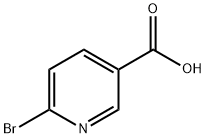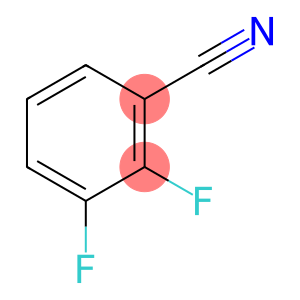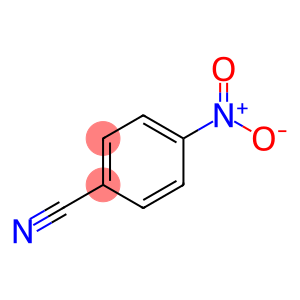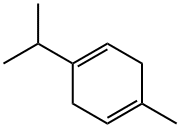6-Bromonicotinic acid(CAS# 6311-35-9)
| Risk Codes | R22 – Harmful if swallowed R36/37/38 – Irritating to eyes, respiratory system and skin. |
| Safety Description | S26 – In case of contact with eyes, rinse immediately with plenty of water and seek medical advice. S36 – Wear suitable protective clothing. |
| WGK Germany | 3 |
| HS Code | 29333990 |
| Hazard Class | IRRITANT |
Introduction
Acid, also called acid, is an organic compound. The following is a description of its nature, use, preparation and safety information:
Nature:
-Appearance: acid is white crystalline powder.
-Molecular formula: C6H4BrNO2.
-Molecular weight: 206.008g/mol.
-Melting point: about 132-136 degrees Celsius.
-Stable at room temperature and soluble in some organic solvents.
Use:
-acid is often used as a raw material or intermediate in organic synthesis.
-It can be used to synthesize a series of nitrogen-containing heterocyclic compounds, such as pyridine and pyridine derivatives.
-It can also be used to prepare biologically active compounds, such as pesticides, drugs and dyes.
Preparation Method:
-¾ acid is usually prepared by the reaction of bromo-nicotinic acid. A common synthesis method is to react nicotinic acid with bromoethanol under alkaline conditions, followed by acidification to obtain the product.
Safety Information:
-the acid should follow the general laboratory safety procedures during use.
-It may cause irritation to the eyes, skin and respiratory tract, so direct contact should be avoided during operation.
-in storage and use should pay attention to avoid contact with oxidants, strong acids and other substances, in order to avoid dangerous substances or reactions.
-If necessary, operate in a well-ventilated area, wearing protective gloves, protective glasses and protective masks. If inhaled or exposed, seek medical advice.








